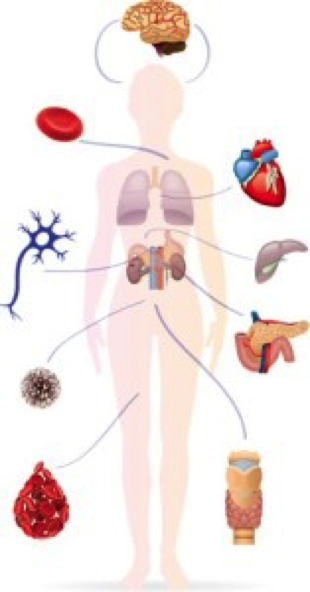Stem cells are naïve or master cells. This means they can transform into specialised cell types as needed by your body. Umbilical cord blood and tissue contain high concentrations of some stem cell types.
What do stem cells do?
Your child’s body has over 200 types of specialised cells, including hair, skin, organs, brain and nervous system. Each of these cells has just one function.
Stem cells are extremely valuable for numerous treatment where specialised cells are damaged and require replacing.
Why are baby umbilical cord cells so important?
Stem cells are found in many parts of the human body. Some excellent sources of stem cells, such as human embryos, are controversial and their use can be illegal in some countries.
In contrast, umbilical cord blood and tissue are collected from cord that normally has no use following a child’s birth. Umbilical cord blood and tissue cells are rich sources of stem cells, and an opportunity for you to safeguard your child’s health for years to come.
Moreover, they can be easily and safely harvested, and reliably stored for treating future health issues.
How do stem cells work?
As the building blocks for all organs in the body, stem cells can be used in a growing number of medical treatments. Today, the list includes blood cancers, metabolic disorders, solid tumours, immune disorders and blood disorders.
According to current researches in the future , we will be able to use stem cells for treating much larger range of conditions including brain damage, cancer, spinal cord injury, heart damage, faulty blood-cell formation (haematopoiesis), baldness, wound healing and infertility.
About Haematopoietic and Mesenchymal stem cells
In fact, there are three main types of stem cells in cord blood and tissue:
All three may be used in stem cell treatments and so increase the number of therapies available to your child.
What can stem cells be used for?
The stem cells from your baby’s umbilical cord can be used to treat disease and injury, and are considered to be the cornerstone of regenerative therapies. Although there are many fields of study, two stem cell treatments are receiving particular focus. These are Transplants and Regenerative Therapy.
Transplants
|
Metabolic Disorders:
|
 |
Regenerative Therapy
|